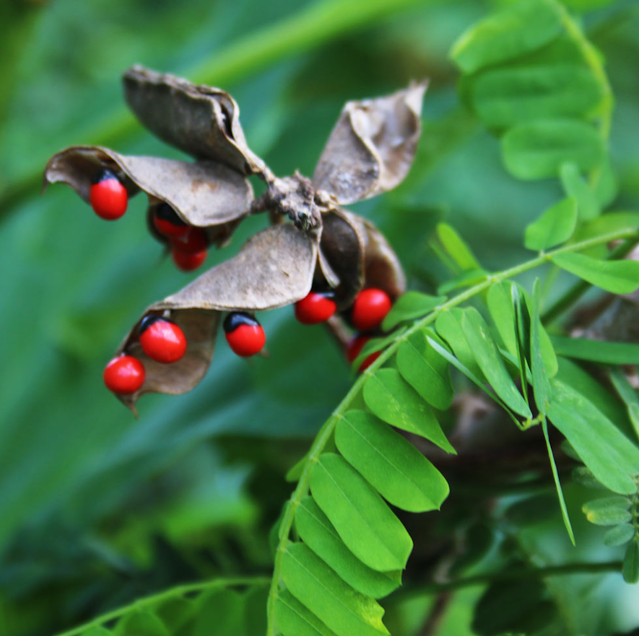Killing Jewels - ""Solving"" an Art History Mystery (for Games!)

Abrus precatorius It isn't bad scholarship if you call it a commentary on the colonial-archival roots of African art history as a discipline. I’m still working on the A Dance of Assassins readalong, but this sort of post is the real reason why I made this blog: things that would have (and maybe should have) otherwise stayed ugly half-formed pet theories have the space to grow into grosser and meatier forms than ever before! Been thinking about abrus seeds a lot in my spare time, thanks to the wonderful work of African art expert Bruno Claessens. As a brief intro for the uninitiated: Claessens is a scholar and gallerist who maintains a really cool blog that used to run under the name...uh, Bruno Claessens’ Art Blog...that's now folded into the website for his Duende Art Projects gallery. Though I'm still firmly convinced that even his far-reaching reform project for the African art wing at Christie's couldn't save the institution, which should be firebombed alon...
